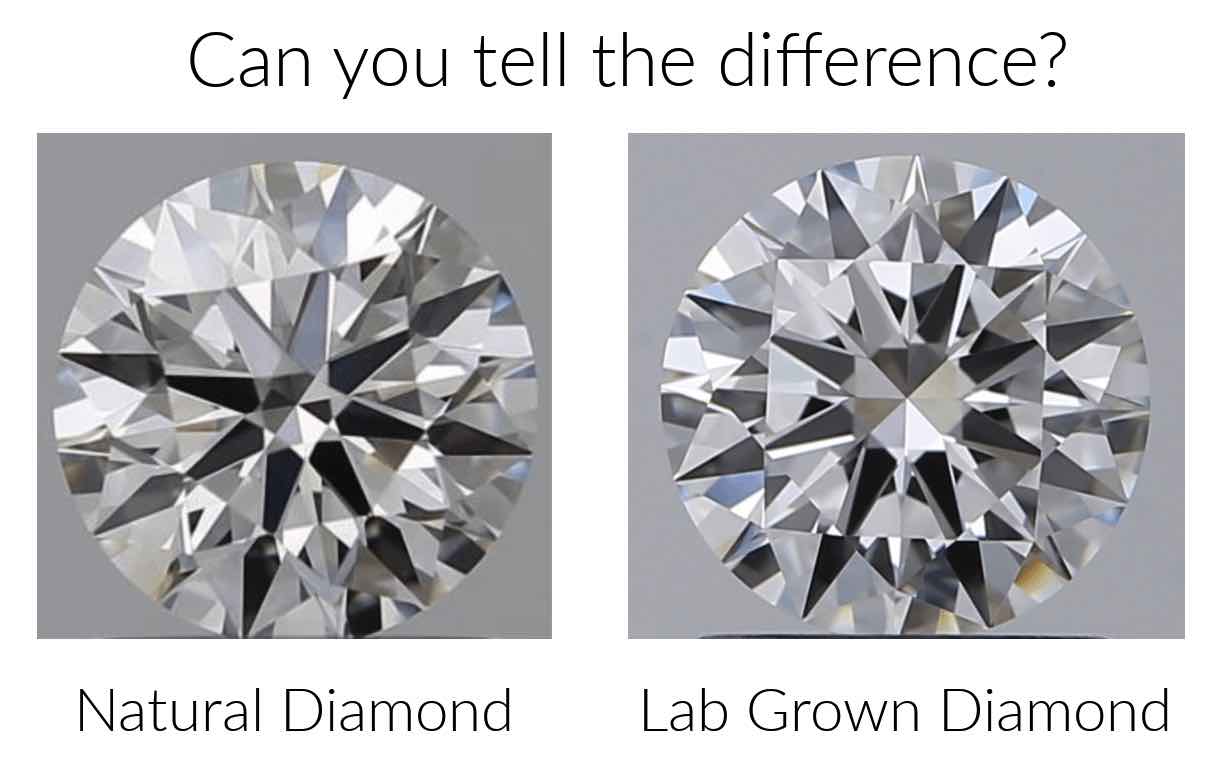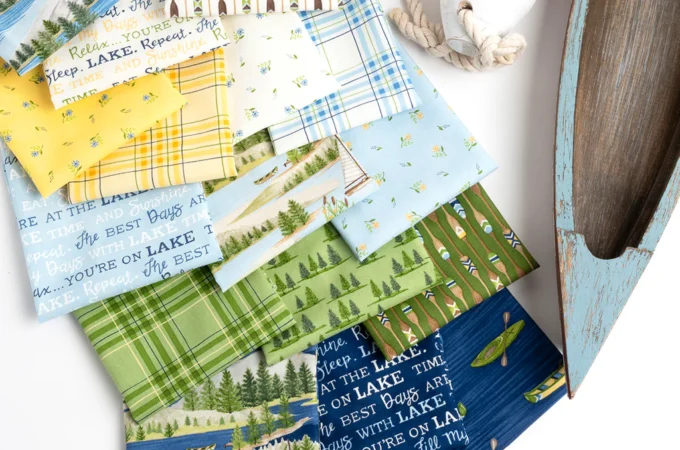
Educational Adventure: Learn More about Gemology and the Diamond Industry
Diamonds have captivated people for centuries with their stunning sparkle and timeless allure. But few consumers really understand the nuances of diamond quality and pricing. By exploring key concepts in gemology, you can gain valuable knowledge to become a savvier diamond shopper. Let’s embark on an educational adventure to unlock insider tips on selecting high-quality diamonds and getting the best value.
A Quick Introduction to Diamonds
Diamonds are comprised of carbon atoms arranged in an atomic lattice structure. Natural diamonds form deep underground over billions of years under intense heat and pressure conditions. Lab-grown diamonds have the same chemical composition but are created in highly controlled lab environments to replicate natural diamond growth above ground.
The four main factors that determine a diamond’s value and price are known as the 4Cs – Cut, Clarity, Color, and Carat weight. Understanding how these qualities influence appearance helps consumers make informed selections. Retailers like Rare Carat provide objective information across the 4Cs to help shoppers navigate the complexities.
Diamond Cut Quality
As shared by Rare Carat on Pinterest, a diamond’s cut grade greatly impacts its visual beauty. Cut refers to the diamond’s proportions, symmetry, and polish that allows it to reflect light most brilliantly. Well-cut diamonds exhibit a lively interplay of light called “fire” and sparkle.
Cut is evaluated across parameters like table size, crown angle, and pavilion depth. Premium cuts like Excellent and Very Good optimize light performance while Fair and Poor cuts leak light reducing diamond fire. When shopping, select diamonds with GIA or AGS cut grades of Excellent or Very Good for maximum beauty. An exquisite diamond cut transforms dull carbon into a dazzling showstopper!

Diamond Clarity Characteristics
Moving microscopic impurities in diamonds are called inclusions while surface irregularities are known as blemishes. As explained in the New York Times, diamonds with fewer clarity characteristics have greater purity and thus higher value.
GIA Clarity grading categorizes diamonds as:
- Flawless (FL) and Internally Flawless (IF) – extremely rare with no inclusions/blemishes.
- Very Very Slightly Included (VVS1, VVS2) – minute inclusions hard to see under 10x magnification
- Very Slightly Included (VS1, VS2) – minor inclusions somewhat visible under 10x magnification
- Slightly Included (SI1, SI2) – noticeable inclusions under 10x magnification
- Included (I1, I2, I3) – obvious inclusions visible to the naked eye
When selecting a diamond, consider your budget and visual sensitivity to inclusions. An IF or VVS may not be worth the premium if eye-clean VS diamonds appear flawless to you!
Nuances of Diamond Color
As in Forbes describes, diamond color grading analyzes the absence of yellow and brown tints. Colorless diamonds allow maximum light refraction while more saturated diamonds exhibit warm undertones that detract from sparkle.
GIA grades diamonds on the D to Z color scale as:
- D, E, F – Colorless
- G, H, I, J – Near colorless with faint traces of color
- K, L, M – Noticeable warm color
- N to Z – Strong yellow/brown saturation
When choosing a color, consider your tolerance to warm tints. An exceptional D or E color may not justify the higher price if a G or H appears fully colorless to your eye. Let your budget and color sensitivity guide your decision.

Importance of Diamond Carat
The diamond carat weight measures the physical size of the diamond. As shared on Rare Carat’s Pinterest, larger diamonds are increasingly rare and valuable based on diamond scarcity. Each additional carat exponentially increases pricing because substantially more rough material is required to cut larger diamonds.
When shopping, decide the carat size that aligns with your budget and lifestyle. Remember that a 1.0-carat of excellent quality can offer more beauty and presence than a poorly cut 2.0-carat diamond. Focus first on cut, clarity, and color before simply maximizing size. Consider going just under whole carat sizes (0.9 or 1.8ct) which greatly reduces prices.
Price Savings with Lab-Grown Diamonds
In New York Times discusses, that lab-grown diamonds have the same diamond composition as their mined counterparts. Without requiring geological extraction, lab diamonds avoid the scarcity premiums of natural diamonds.
On average, consumers find comparable quality lab diamonds at 20-40% discounts compared to natural diamonds. When seeking to maximize diamond size and quality for your budget, review lab diamonds as a smart purchase consideration. Rare Carat allows easy comparison of natural and lab-grown diamonds online.
Research and Education Pays
Embarking on a diamond shopping journey armed with key learnings makes the process smoother and more rewarding. Retailers like Rare Carat offer objective diamond price data, comparison tools, and buying guides to turn you into an informed shopper.
Spend time researching different diamond qualities, current market prices, and your own eye sensitivity. Comparing options side-by-side narrows the field down to best best-value candidates. Become your own diamond expert to find a show-stopping diamond at the fairest price. Start your educational adventure today!




